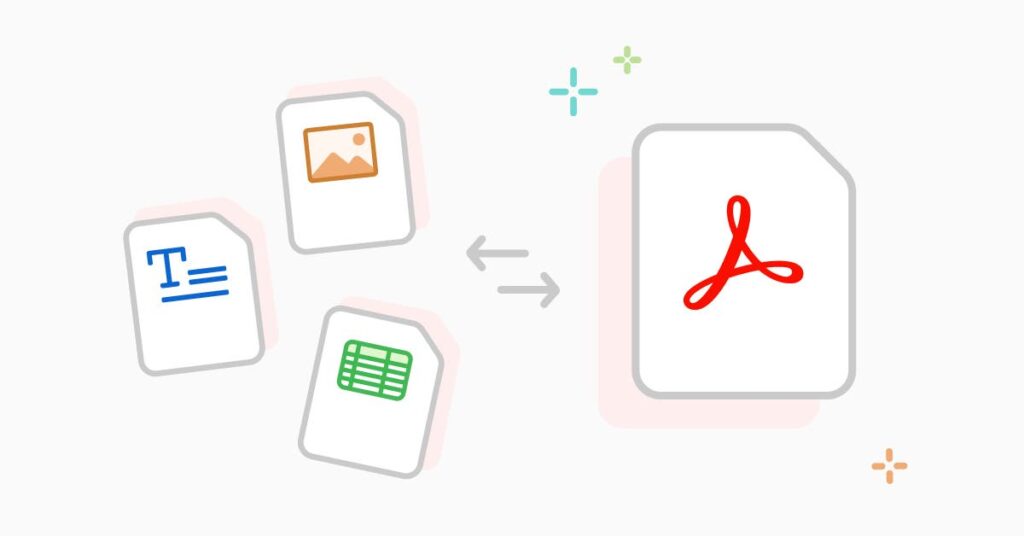In today’s digital world, documents are mostly shared in PDF format because they are secure, professional, and easy to view across devices. However, when changes are needed, a PDF editor becomes essential. It allows users to edit, update, and customize PDFs without converting them into other formats.
What is a PDF Editor?
A PDF editor is software or an online tool that gives users the ability to make changes to PDF files. This includes editing text, adding images, inserting annotations, merging or splitting pages, and even securing files with passwords.
Key Features of a PDF Editor
-
Text & Image Editing – Modify or replace content easily.
-
Annotations – Highlight, comment, or add notes for collaboration.
-
Merging & Splitting – Combine multiple PDFs or separate pages.
-
Security Tools – Add watermarks, encryption, and password protection.
-
Conversion Options – Convert PDFs into Word, Excel, or PowerPoint.
Modern PDF editors are packed with powerful features that go beyond basic editing. Users can modify text, change fonts, add or remove images, and insert hyperlinks. Many editors also support merging and splitting files, making it easy to organize large documents. With OCR (Optical Character Recognition), even scanned PDFs can be converted into editable text.
One of the biggest advantages of a PDF editor is the ability to collaborate. Team members can add annotations, highlight key points, and leave comments for others to review. This makes it especially useful for students working on projects, professionals handling contracts, or companies reviewing reports. Cloud integration also allows editing from anywhere, ensuring smoother workflows.
PDF editors don’t just focus on editing—they also provide strong security features. You can set passwords, restrict permissions, add digital signatures, and watermark sensitive files. This ensures that private information remains safe, which is vital for businesses and professionals dealing with confidential documents.
PDF editors don’t just focus on editing—they also provide strong security features. You can set passwords, restrict permissions, add digital signatures, and watermark sensitive files. This ensures that private information remains safe, which is vital for businesses and professionals dealing with confidential documents.
Benefits of Using a PDF Editor
With a PDF editor, you save time and effort by directly modifying documents instead of starting from scratch. It’s useful for students editing assignments, businesses preparing contracts, or professionals reviewing reports.
A good PDF editor also protects your documents with password locks, digital signatures, and watermarking. This ensures that sensitive information stays safe.
A PDF editor is one of the most essential tools in the digital era, where most documents are shared and stored in PDF format. Unlike simple readers that only allow you to view files, a PDF editor lets you make changes directly in the document. From editing text to rearranging pages, it brings flexibility and efficiency to document management.
PDF editors don’t just focus on editing—they also provide strong security features. You can set passwords, restrict permissions, add digital signatures, and watermark sensitive files. This ensures that private information remains safe, which is vital for businesses and professionals dealing with confidential documents.
Conclusion
A PDF editor is no longer a luxury but a necessity for anyone dealing with digital documents. It provides flexibility, convenience, and professional results, making document management smarter and more efficient.



